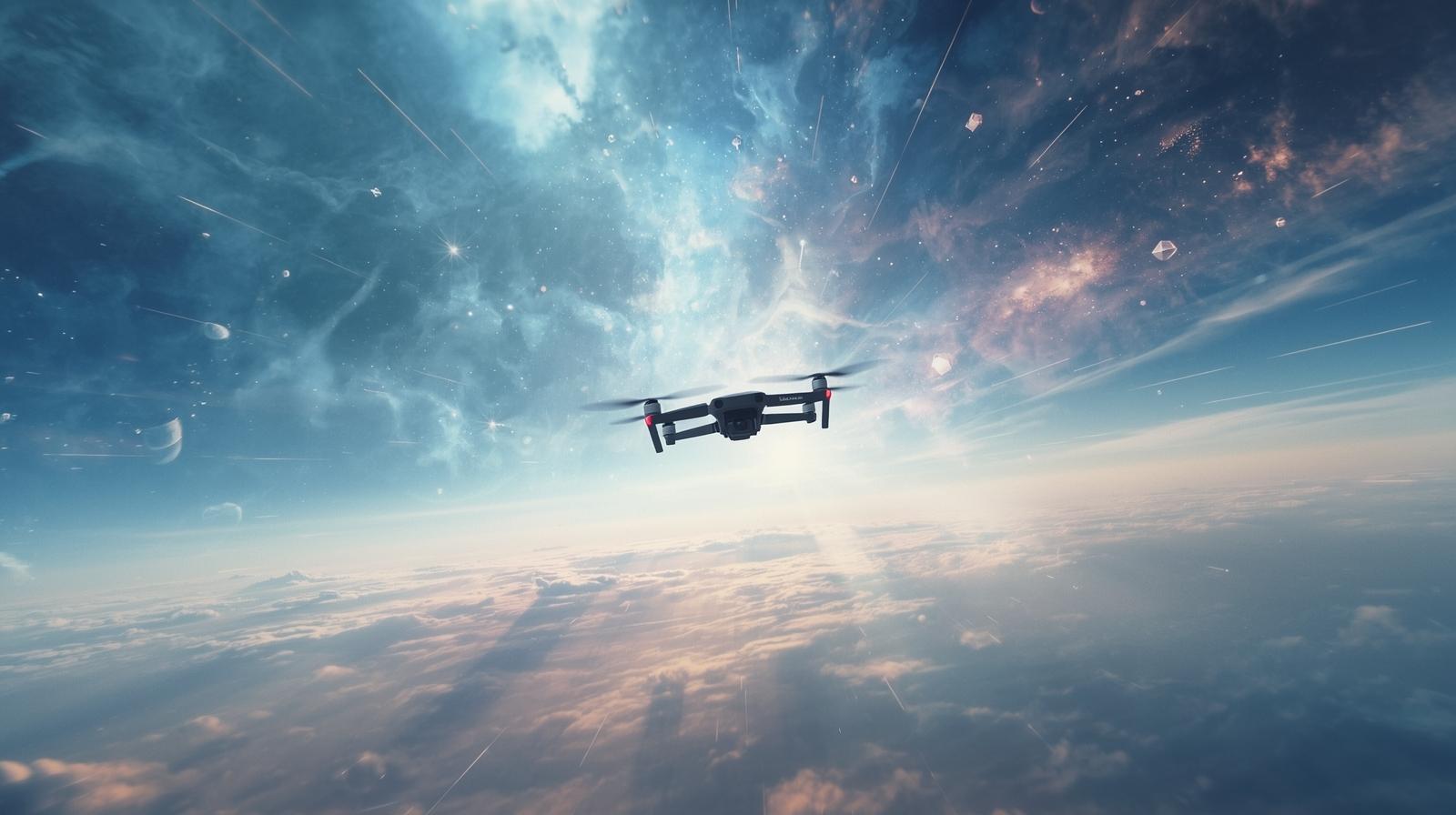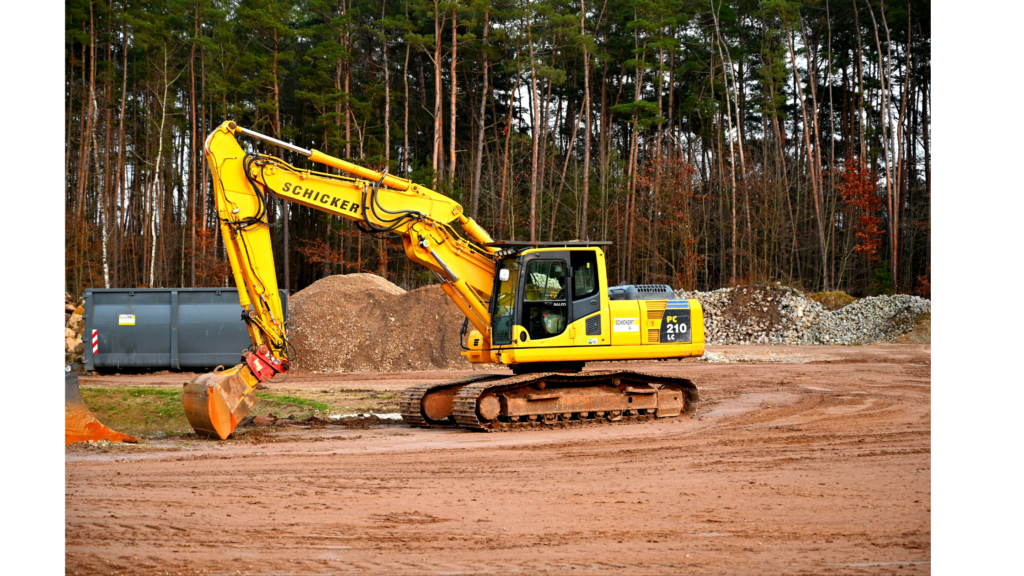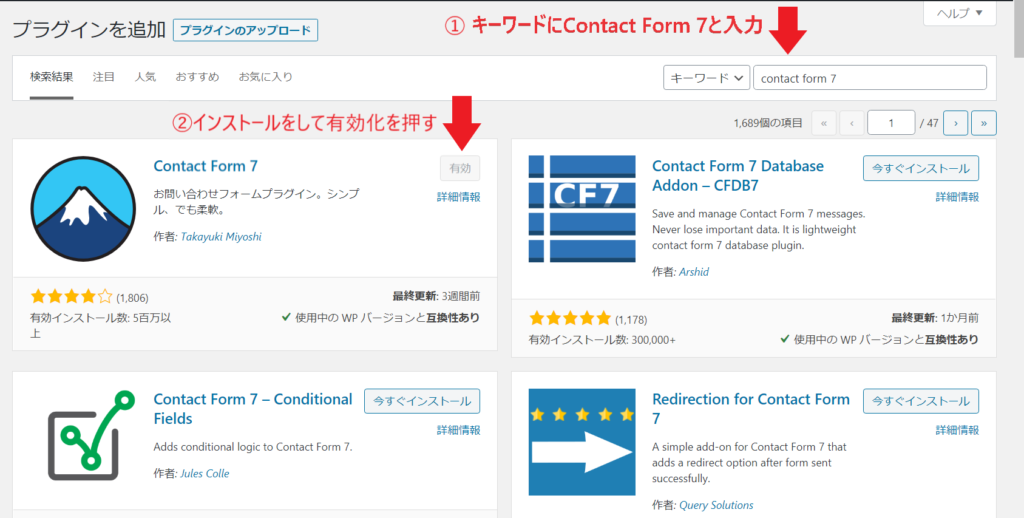
Hi I'm Shirokuma. This topics is.
Japan enforces strict rules for drone operations to protect public safety, privacy, and airspace.
Visitors who fly drones without understanding Japanese regulations risk fines, seizure of equipment, and criminal charges.
Read and follow these points carefully before attempting any flight.
Recently, tourists from overseas have been flying drones, so you need to be careful.
table of contents
Airspace and Where You Cannot Fly
Japan regulates drone flights under the Aviation Act and related rules.
Flights are prohibited in airspace around airports and in Densely Inhabited Districts unless you obtain prior permission from the civil aviation authority.
The national Drone Act bans flying over or near designated sensitive facilities such as government buildings, foreign diplomatic establishments, defense sites, and nuclear installations, some zones extend to approximately 300 meters from those facilities and require written consent for any flight.
Drone pilots must avoid interfering with manned aircraft and must follow altitude, visibility, and distance-from-people rules defined by Japanese authorities.
Weight Rules and Registration Requirements
Any unmanned aircraft that weighs 100 grams or more, including batteries, must be registered under Japan’s Civil Aeronautics Act and display a registration ID and remote ID capability.
Drones of 100 grams or more are subject to the Aviation Act rules and the flight permission system introduced in 2022.
The Drone Act covers all unmanned aircraft regardless of weight for the purposes of prohibited areas and facility protections. Even drones lighter than 100 grams may be restricted under the Drone Act when flying over sensitive sites.
Permissions, Approvals, and Penalties
Before flying in restricted airspace, in Densely Inhabited Districts, at night, beyond visual line of sight, or over people, foreign visitors must apply for and receive flight permission or approval from the Japan Civil Aviation Bureau or relevant local authorities.
Operating without required permissions is a criminal offense that can result in imprisonment or fines. The Drone Act and Aviation Act both include reporting obligations for accidents and serious incidents.
How to Check Whether an Area Is a Residentially Dense Area Using the Geospatial Information Authority of Japan (GSI)
- Open the GSI Map Viewer
Visit the Geospatial Information Authority of Japan website and open the interactive map viewer. - Select the Relevant Map Layers
In the map viewer, enable layers for "Population/Densely Inhabited Districts" or "Land Use" as available. Look for English labels or an English site switch. Densely Inhabited Districts are often shown as shaded polygons representing census-based residential density. - Zoom and Inspect the Location
Zoom to your intended flight coordinates. If the area is shaded or labeled as a Densely Inhabited District, it is likely subject to stricter flight rules and generally requires prior permission to operate a drone. - Cross-Check with MLIT and Local Notices
Confirm GSI findings by checking the Japan Civil Aviation Bureau's flight restriction maps and local municipal guidance because airspace restrictions and temporary flight restrictions can change quickly.
Use the GSI map as the authoritative geographic reference to identify residentially dense areas before planning any flight activity.
Practical Checklist for Overseas Drone Users in Japan
- Register your drone if it is 100 grams or heavier and attach the registration ID.
- Always check GSI map layers for Densely Inhabited Districts and land use before flight.
- Verify nearby Drone Act restricted facilities and the 300 meter buffer zones around them.
- Obtain written permission from facility administrators or local authorities when required.
- File for flight permission with MLIT or the Japan Civil Aviation Bureau for flights in restricted airspace or special conditions.
- Carry proof of permission and registration while flying and keep a flight log.
Finally
Respect local rules, obtain necessary permissions, and use GSI’s map tools to confirm residential density and restricted areas before flying.
Japan’s regulations protect people and critical facilities and they apply to everyone flying devices in Japanese airspace. Failure to comply carries serious legal consequences.
When flying a drone in Japan, please follow the rules!











